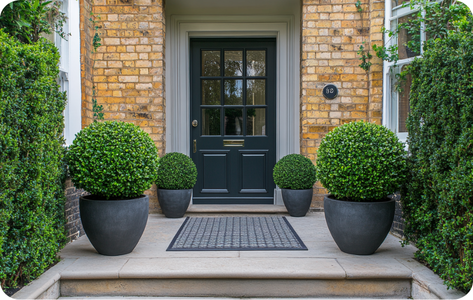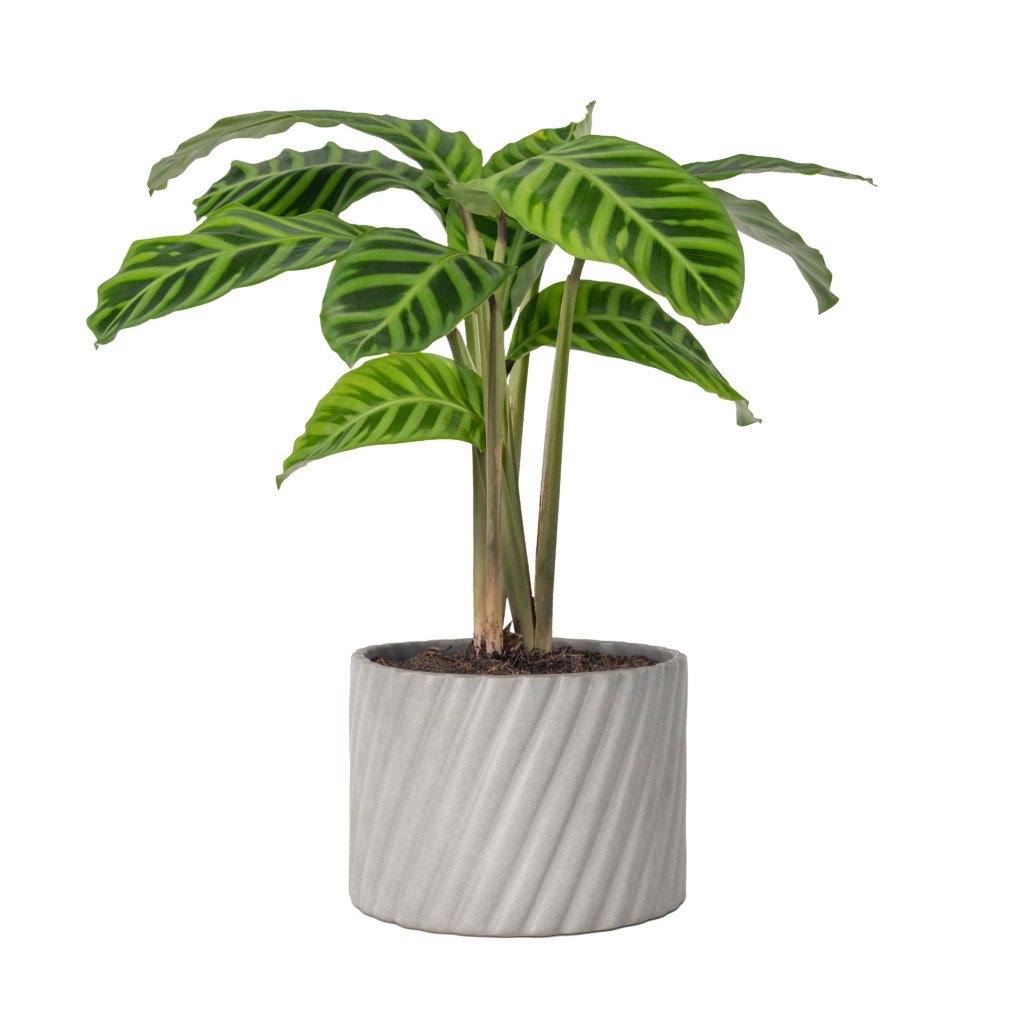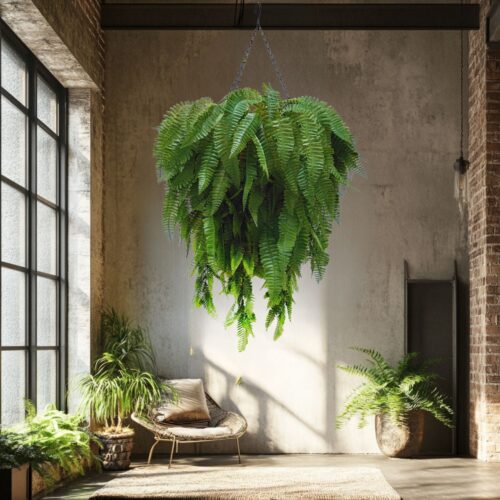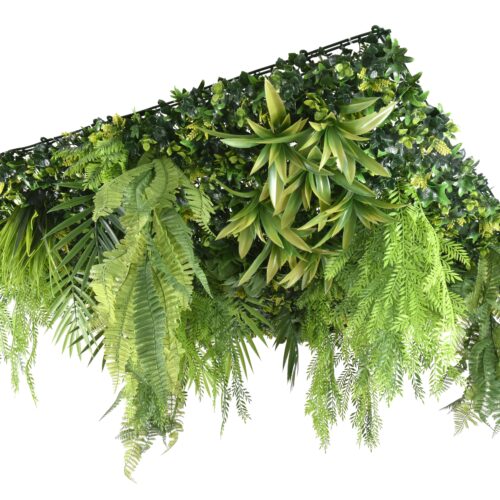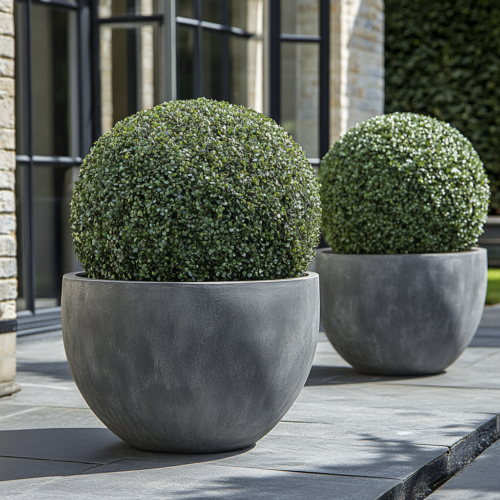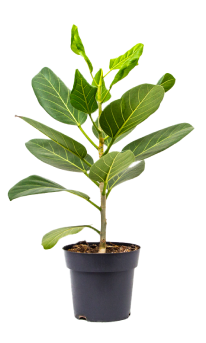Adding artificial plants to your outdoor space is an easy way to bring greenery, vibrancy, and style to patios, balconies, and gardens without the upkeep of live plants.
Whether you’ve bought a realistic-looking Buxus or a lush faux palm, keeping it secure in a pot is critical to creating a beautiful, long-lasting display.
This guide covers everything you need to know to secure your artificial plants outdoors, from choosing the right pot to the final decorative touches.
Why Secure Artificial Plants Outdoors?
You may wonder if artificial plants need the same care as natural plants, and the answer is yes, especially when creating a sturdy base. By securing your faux greenery, you’ll prevent it from tipping over in the wind, keep it looking natural, and ensure it stays in place for years.
And as more of us spend time indoors or work from home, adding greenery is not just about decor; it’s an essential form of self-care that boosts the ambience of your surroundings.
So, let’s explore how to give your new “leaf baby” a stable, beautiful home outdoors!
Choosing An Artificial Plant For Your Space
If you’re still deciding which artificial plant to pot, consider the vibe you want to create. Artificial plants come in a wide variety of shapes, sizes, and colours, so whether you’re looking for an eye-catching floral arrangement, a graceful foxtail grass for autumnal charm, or a classic leafy palm, there’s something for every style.
Artificial plants are a guilt-free way to brighten up a space. They require no water, sunlight, or pruning, yet they bring all the aesthetic benefits of natural plants. Plus, with the variety available, you can find options that look as lush and vibrant as live greenery without any hassle.
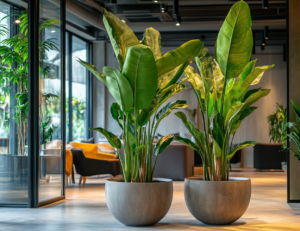
Step-by-Step Guide to Securing Artificial Plants in Outdoor Pots
Here’s a quick overview of “How to secure artificial plants in pots outdoors” in a few steps:
- Select a Heavy, Outdoor-Friendly Pot
- Add Weight to Stabilize the Base
- Position the Plant to Sit Level and Securely
- Use Expanding Foam or Adhesive for Extra Stability
- Add Decorative Fillers for a Natural Finish
Each of these steps is broken down in detail below.
Step 1: Choosing the Right Pot
The pot is the foundation of your artificial plant display. Opt for a pot made of durable materials, such as concrete, terracotta, or heavy ceramic, as these are resilient and can withstand outdoor elements. The diameter and depth of the pot matter, too; they should fit your artificial plant snugly without overwhelming or undersizing it.
If your plant comes in a small plastic nursery pot, consider this as a liner pot that will sit inside a more decorative one. Treating the decorative pot as a “sleeve,” you can choose a design that matches your space while giving your plant a more substantial base.
Tip: In windier areas, select a pot with a broad base, as this provides extra stability and reduces the risk of tipping.
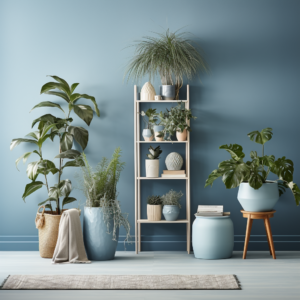
Step 2: Adding Weight to the Pot
It’s essential to weigh down the pot to ensure your artificial plant stays in windy or exposed areas. Materials like gravel, rocks, sand, or even bricks at the bottom of the pot add stability and prevent the plant from being easily moved or tipped over by the wind.
Popular Weight Fillers:
- Gravel or Pebbles: Fill about one-third of the pot with gravel for a solid foundation.
- Bricks or Large Rocks: Place a few bricks at the base if your pot is tall or if the plant is large and heavy.
- Sand or Soil: Pour sand or soil over the rocks to fill any remaining space, which helps hold the plant in place while adding extra weight.
Step 3: Positioning and Adjusting the Plant
With the pot ready, place your artificial plant, adjusting its height so it sits naturally. You can use more sand or soil underneath to raise the plant to the desired height, which helps hold it securely.
Ensuring the plant sits level in the pot enhances its natural appearance and prevents wobbling.
If your plant has a trunk or stem, adjust the angle to make it look as natural as possible. Bending the leaves slightly can also help achieve a realistic, organic appearance.
Step 4: Securing the Stem with Expanding Foam or Adhesive
Securing your artificial plant with expanding foam or adhesive adds a layer of stability for high-wind or open spaces. Expanding foam works well for taller or heavier plants, creating a solid hold around the stem.
How to Use Expanding Foam:
- Position the artificial plant in the centre of the pot.
- Apply expanding foam around the base, filling in gaps to keep the plant firmly in place.
- Once the foam hardens, trim away any excess to prevent it from showing above the filler layer.
Weather-resistant adhesive is another option for added security, especially in areas with moderate exposure to elements. Adhesive secures the plant without expanding, making it suitable for smaller pots or lightweight plants.
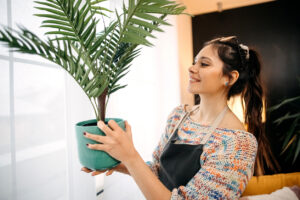
Step 5: Finishing with Decorative Fillers
Adding a decorative top layer conceals the weight fillers and foam, enhancing the pot’s appearance. Choose materials that complement your decor and give the illusion of natural planting.
Decorative Filler Ideas:
- Decorative Stones or Gravel: Opt for stones in colours that match or contrast with your pot, adding a polished look.
- Moss or Mulch: Great for achieving an earthy feel and covering foam or filler materials.
- Soil or Wood Chips: Covering the top with soil or wood chips adds a natural touch if you prefer a potted plant look.
Add-ons like shells, pine cones, or faux moss can further personalise the look, making it suited to your outdoor decor theme.
Maintaining The Look of Your Outdoor Artificial Plants
While artificial plants don’t need watering or fertilising, they still require occasional cleaning to keep them looking fresh.
- Dust Regularly: Use a soft brush or microfiber cloth to dust leaves and stems.
- Rinse with Water: If the plant is waterproof, gently spray from a garden hose.
- Mild Cleaning Solution: Clean with a mild soap solution for stubborn dirt. Avoid harsh chemicals, which can damage synthetic materials.
UV-treated artificial plants are ideal for outdoor settings. They resist sun fading and retain their colour and vibrancy longer than untreated.
Why Choose Artificial Plants for Outdoor Decor?
Artificial plants offer a range of benefits, making them ideal for enhancing outdoor spaces:
- Low Maintenance: They don’t need watering or pruning, saving you time.
- Year-Round Beauty: Artificial plants maintain their appearance through all seasons.
- Pest-Free: Unlike natural plants, faux greenery doesn’t attract insects or pests.
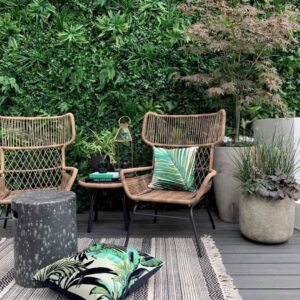
Troubleshooting Common Issues
- Plant Keeps Tipping Over: Ensure enough weight at the base and consider a broader pot.
- Plant Doesn’t Look Realistic: Adjust the branches and use natural-looking filler materials like soil, moss, or mulch.
- Expanding Foam is Visible: Cover it with additional decorative fillers such as stones or gravel.
Final Thoughts From Our Evergreen Team – The Artificial Plant Experts
Securing artificial plants in outdoor pots is straightforward and involves suitable materials and an approach. Following these steps, you can enjoy beautiful, durable displays that withstand outdoor conditions and enhance your space with lasting greenery.
With minimal upkeep, your potted artificial plants will stay secure, vibrant, and beautiful throughout the year.
Embrace the low-maintenance benefits of artificial plants and transform your outdoor environment with stylish, hassle-free greenery.
If you would like more information on the artificial plants we offer and other products, such as our artificial trees, outdoor artificial planting solutions and much more, get in touch today!

